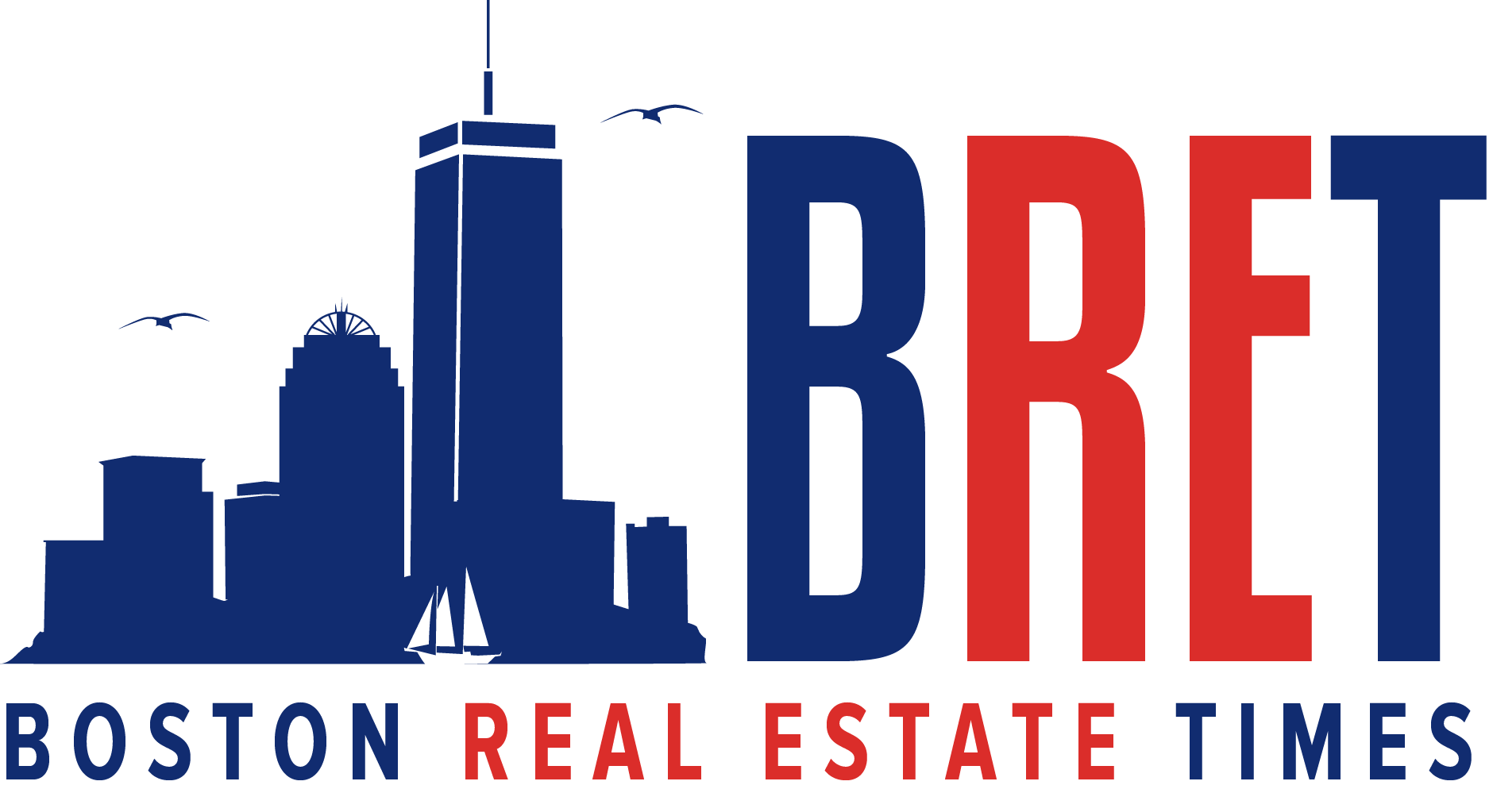(Editor’s note: Portions of this article is reproduced from a CommercialEdge blog written by Evelyn Jozsa.)
Key Takeaways:
- The average U.S. office listing rate stood at $38.36 per square foot, rising 2.1% year-over-year
- Up 30 basis points year-over-year, the national vacancy rate was 17%
- Under-construction office space reached 116.2 million square feet nationwide, accounting for 1.8% of total stock
- Office sales amounted to $11.9 billion in May, with assets trading at $195 per square foot
- Los Angeles sale prices fell 43% compared to last year, to $237 per square foot
- Chicago claimed the sixth-highest sales volume nationwide, with $588 million in closed deals
- With properties trading at $356 per square foot, Austin recorded the highest average sale price in the South
- New Jersey boasted the second-largest sales volume in the North, totaling $827 million
Remote and hybrid work have forever changed the relationship many companies and workers have with the office. Still, the number of remote workers varies widely from city to city, leaving some office markets more vulnerable than others, our latest U.S. office market report reveals.
The markets with the largest share of remote work have also seen the highest spike in vacancies. For example, the Denver metro, which includes both the Boulder and Denver-Aurora-Lakewood markets (27.5% of workers working remotely, according to Census data from the American Community Survey), has seen vacancy rates increase by 3% over the last 12 months. Additionally, vacancy rates in Austin have increased by 4.4%, 2.8% in San Francisco and 2.3% in the Bay Area.
Other markets where a large share of remote workers is correlated with vacancy rate increases are Seattle (30.6% remote workers— 3.8% increase), Portland (27.5% — 3.7%) and the Twin Cities (26.0% — 4.5%).
We anticipate that there will be more distress for office properties in markets with the highest concentration of remote workers. Nonetheless, as the U.S. office real estate outlook indicates, well-positioned assets in these markets will continue to perform well, but older and poorly located properties will face more challenges.
Listing Rates and Vacancy: Tech Markets Continue to See Lower Office Occupancy Rates
The national average full-service equivalent listing rate was $38.36 in May, according to our U.S. office market report, an increase of 2.1% year-over-year and 13 cents over the previous month. The rates for A and A+ office spaces have increased by 1.7% from last year, currently standing at $46.93 per square foot. Class B office rates have inched up by 0.3% to $30.38 per square foot, and Class C spaces also saw a slight increase of 0.7% to $23.37 year-over-year in May.
Top Listings by Metro Area: May 2023
Suburban assets have experienced the highest rent increase, rising by 3.8% year-over-year to $30.93 per square foot. Meanwhile, CBD offices saw a year-over-year uptick of 2.5% to $51.16 per square foot, whereas urban office space decreased by 2.8% year-over-year to $44.09 per square foot.
The national office vacancy rate in May was 17%, up 30 basis points over the previous month and 160 basis points over the prior year. U.S. office vacancy rates have climbed more rapidly in tech markets in recent months, with some of the highest rates recorded in Austin (20.67%), Denver (20.24%), San Francisco (20.05%) and Seattle (19.53%).
Supply: New Markets Look to Add Life Science Developments
Nationally, 116.2 million square feet of new office inventory were under construction at the end of May, representing 1.8% of existing stock.
While many office projects have been canceled or placed on indefinite hold, life science properties have remained attractive to investors, according to our U.S. office market report. Even as investment in the industry has cooled in the last year, demand for new lab space has stayed solid, as the property type is immune to remote work and, for the most part, is purpose-built.
More than 120 buildings with at least some life science components are being built nationwide. Much of the new lab space currently under construction is in the top life science markets in the country such as Boston, San Francisco, the Bay Area and San Diego.
However, other markets are building properties to attract life science workers and companies. In New Jersey, HELIX Health + Life Science Exchange, a planned 4-acre mixed-use district near Rutgers University, is entering its second phase of a $731 million development. In a partnership with Trammel Crow, Georgia Tech is building the 365,000-square-foot Science Square Labs in Atlanta to fuel the market’s growth.
Transactions: National Average Sale Price Falls 22% from 2022 to 2023
The U.S. office market has seen $11.9 billion in transactions through the end of May. The national average sale price of an office building has fallen from $250 per square foot in 2022 to $195 in 2023, a decrease of 22%.
The recent sale of Union Bank Plaza in Los Angeles highlights the significant drop in sale prices. In 2010, KBS Realty Advisors bought the building for $208 million, but this year, they sold it to Westbridge Capital for only $104 million. At the same time, a 13-story San Francisco office tower acquired by Wells Fargo for $108 million in 2005 is expected to trade for about $42.6 million.
Northeastern Markets: Life Sciences Continues to Drive Development in Boston
Manhattan remained the most expensive market for office rents in May, closing the month at $73.57 per square foot, well above the next two highest rates — San Francisco’s $65.98 per square foot and the Bay Area’s $54.02 per square foot. In contrast, among leading office markets in the North, Philadelphia recorded the lowest asking rents, with its average stabilizing at $31.11 per square foot.
The office vacancy rate in the region hovered around the national average of 17.05%, with Brooklyn coming in at 17.07%, Manhattan at 17% and New Jersey at 16.95%. At the same time, Manhattan’s average vacancy rate grew at the fastest pace in the region, rising 2.92% year-over-year.
Thanks to the booming life sciences sector, Boston‘s development pipeline remained generous. The metro had 15.2 million square feet of office space under construction, equal to 6.3% of its existing inventory — leading the region on a percentage-of-stock basis and in terms of square footage. On the other end stood New Jersey, with 0.8% of its total inventory underway, representing 1.6 million square feet of office space.
Manhattan also claimed the largest sales volume nationwide, accounting for $1.13 billion of the $11.9 billion national total. New Jersey boasted the second-largest volume, totaling $827 million in office sales, while Boston amassed $756 million throughout the first five months of the year.
Looking at sale prices, Manhattan also led the nation, with properties trading at $698 per square foot. Boston came in second in the region and third nationwide, with an average sale price of $475 per square foot. Meanwhile, in Philadelphia and New Jersey, properties sold at an average of $161 per square foot and $144 per square foot, respectively, below the $195 per square foot national average.
(To read the original blog in CommercialEdge, please click here.)






















